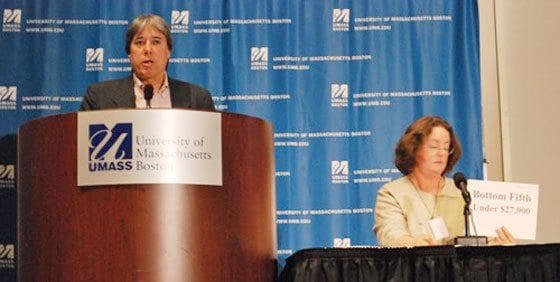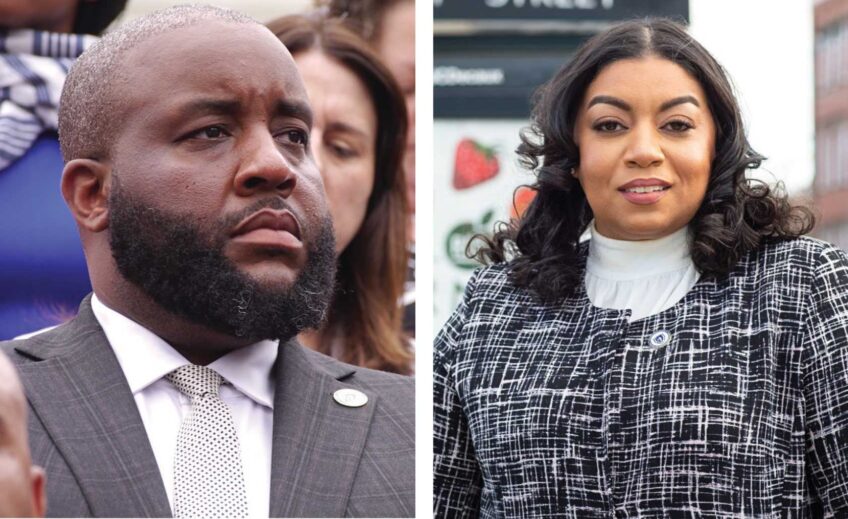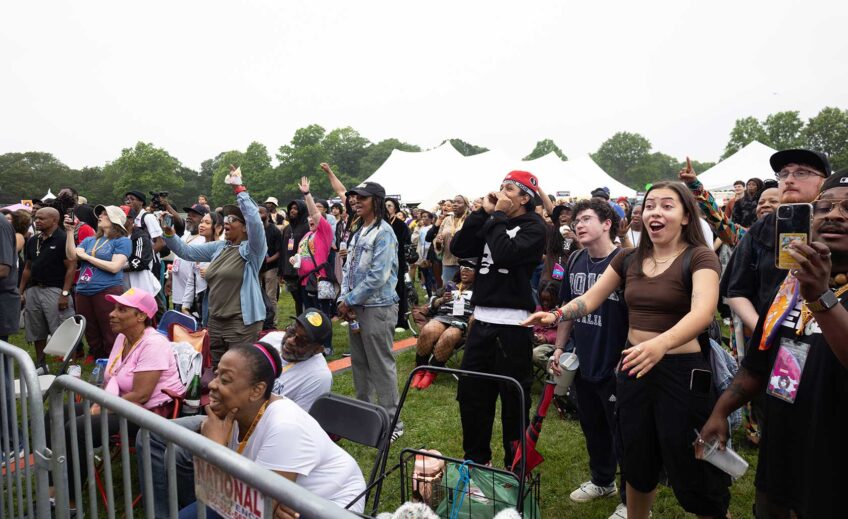
For many immigrant workers living in the U.S., the home of poverty is a shanty town, an improvised settlement where untreated sewage runs across unpaved streets. A less apparent, but equally disturbing, form of poverty was discussed in a seminar last week at the University of Massachusetts-Boston.
Data discussed at the seminar, organized by the Center for Social Policy (CSP) at UMass-Boston’s McCormack Graduate School of Policy Studies, showed that in the Northeast United States, 6 million people live below the poverty line, with income of less than $15,000 a year for a family of three people. That’s 11 percent of the entire population of the region, a little bit less than the national rate of 12.5 percent.
What’s more, a “Bridging the Gap” study conducted in 2007 by UMass-Boston economics professor Randy Albelda found that 25 percent of people in Massachusetts that lived in a family with at least one earner had an income below the cost of living.
At last week’s seminar, Chuck Collins introduced another perspective.
“As the heir of the meatpacker Oscar Meyer, I won the lottery at birth, born at third base. But inherited wealth is not a terminal condition,” joked Collins, a senior scholar at the nonprofit Institute for Policy Studies and the author of a book called “Apartheid in America.”
The condition is more serious for many African Americans, especially in Michigan, where economists last week projected that the unemployment rate would jump to 20 percent by 2011, Collins said. Poverty rates among African American children could climb up to 50 percent, he added.
Collins classified the current financial crisis as the turning point.
“We’re not going back to 2006 … or 1996,” he said. “Part of the problem comes from ecological constraints — we can’t go back to an economy based on cheap energy.”
He said the U.S. has been sustained by what he called “a casino economy,” in which 40 percent of profits came from the financial sector.
“Wall Street is the creator of phantom wealth; Main Street is the creator of real wealth and sustainability,” Collins said. “We need to go back to local energy producing, to having control of local food systems. We need to build what we know is real, such as jobs, energy, health.”
Albelda used a quote from a May 2009 article in The Washington Post to frame the problem: In the U.S., “you have to be rich to be poor.”
“For example, bodegas or corner stores in neighborhoods charge you more than if you go to a big suburban grocery store, and often it’s not as good quality,’ Albelda said. “So if you don’t have a car, or access to a car, you end up paying more. And if you have to do your laundry in a laundromat, it costs more. If you’re poor, or low-income, you can’t buy things that would save you time.”
Albelda also criticized the U.S.’s current anti-poverty social programs for being based on the reality of mid-20th century families, which consisted of a married couple helmed by a lone male, often white, breadwinner.
Today, however, only half of U.S. households consist of married couples, compared to 85 percent in 1960 and 79 percent in 1930, according to U.S. Census data.
Also according to the Census Bureau, white, non-Hispanic Americans, who accounted for 88 percent of the U.S. population in 1940, today comprise 66 percent. While the official foreign-born population has remained at a steady 12 percent for the past 70 years, some question that static number, as most undocumented immigrants do not typically respond to the Census.
At the UMass-Boston seminar, panelists were afraid neither to touch a nerve by identifying what they saw as class differences, nor to argue the fact that minorities need increased access to wealth and services.
“When asked about class warfare, Warren Buffett [reportedly] said, ‘There is a war, and my side is winning’,” Collins said.
For Albelda, the current set of state and federal anti-poverty policies are too costly.
“[President] Obama loves to say, ‘We need 21st-century policies for the 21st century.’ How about modernizing anti-poverty policy?” Albelda said. “That includes streamlining the process for applying for services, addressing the issue of work benefits and pushing for an increase in income eligibility.
“I guess I could suggest we should dismantle [anti-poverty programs] and build them up again, but I’m too afraid,” she added.
Turning attention to the poverty divide could pay dividends locally, as well, according to Albelda.
“If Boston could address the issue of poverty, I am convinced we could solve the problems of Boston Public Schools,” she said.
Another key poverty-related issue, according to Michael Stone, is housing inequality in the United States. Extending all families the chance to have a shelter should be guaranteed as a right, he said, but instead in our society, they need to be purchased as a commodity.
“There’s a widespread view that housing discrimination is a thing of the past,” said Stone, a professor of public and community service at UMass-Boston. “But evidence shows that, on average, households of color get less for their money in terms of housing in neighborhoods than the white households of same income.”
Stone also touched on what he considers to be myths about homeownership.
“One: you’re always better off as an owner than a renter,” he said. “Myth number two: that homeownership is a sound and reliable way to build wealth. Three: that property values always go up — at least as long as you can keep undesirable people from your neighborhood.
“Four: that homeowners are full citizens, real Americans, but renters are not,” he added. “And five — the biggest myth — is that homeownership provides the illusion of ownership through the reality of debt.”
To bridge the housing gap between affluent and low-income Americans, Stone suggested a new tax of a few tenths of 1 percent on all capital market transactions, such as stocks, bonds, mortgage securities and derivatives.
“With few tenths of a percent, folks, we can raise a couple of hundred billion dollars and expand the amount of debt-free housing by a million units a year,” he said.






